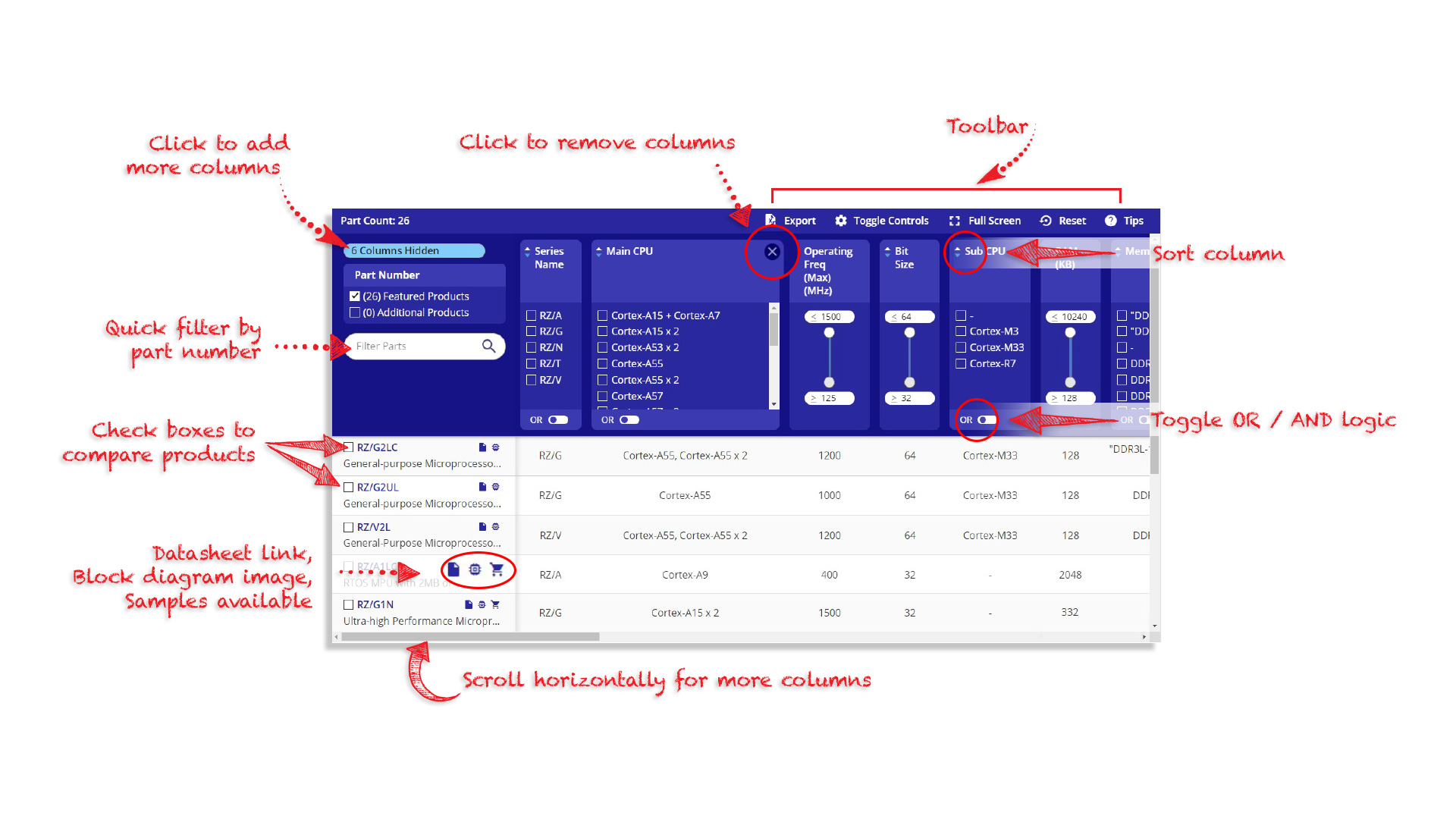Dual Digitally Controlled (XDCP™) Potentiometers
Overview
Description
Support is limited to customers who have already adopted these products.
The X9268 integrates 2 digitally controlled potentiometer (XDCP) on a monolithic CMOS integrated circuit. The digital controlled potentiometer is implemented using 255 resistive elements in a series array. Between each element are tap points connected to the wiper terminal through switches. The position of the wiper on the array is controlled by the user through the 2-Wire bus interface. Each potentiometer has associated with it a volatile Wiper Counter Register (WCR) and a four nonvolatile Data Registers that can be directly written to and read by the user. The contents of the WCR controls the position of the wiper on the resistor array though the switches. Powerup recalls the contents of the default Data Register (DR0) to the WCR. The XDCP can be used as a three-terminal potentiometer or as a two terminal variable resistor in a wide variety of applications including control, parameter adjustments, and signal processing.
Features
- Dual-Two Separate Potentiometers
- 256 Resistor Taps/Pot-0.4% Resolution
- 2-Wire Serial Interface for Write, Read, and Transfer Operations of the Potentiometer
- Wiper Resistance, 100Ω typical @ V+ = 5V, V- = -5V
- 16 Nonvolatile Data Registers for Each Potentiometer
- Nonvolatile Storage of Multiple Wiper Positions
- Power-on Recall. Loads Saved Wiper Position on Power-up.
- Standby Current < 5µA Max
- VCC: ±2.7V to ±5.5V Operation
- 50kΩ, 100kΩ Versions of End to End Pot Resistance
- Endurance: 100,000 Data Changes per Bit per Register
- 100 yr. Data Retention
- 24-Lead SOIC, 24-Lead TSSOP
- Low Power CMOS
- Power Supply VCC = ±2.7V to ±5.5V V+ = 2.7V to 5.5V V- = -2.7V to -5.5V
- Pb-Free Plus Anneal Available (RoHS Compliant)
Comparison
Applications
Applications
- Circuit Level Applications
- Vary the gain of a voltage amplifier
- Provide programmable dc reference voltages for comparators and detectors
- Control the volume in audio circuits
- Trim out the offset voltage error in a voltage amplifier circuit
- Set the output voltage of a voltage regulator
- Trim the resistance in Wheatstone bridge circuits
- Control the gain, characteristic frequency and Q-factor in filter circuits
- Set the scale factor and zero point in sensor signal conditioning circuits
- Vary the frequency and duty cycle of timer ICs
- Vary the dc biasing of a pin diode attenuator in RF circuits
- Provide a control variable (I, V, or R) in feedback circuits
- System Level Applications
- Adjust the contrast in LCD displays
- Control the power level of LED transmitters in communication systems
- Set and regulate the DC biasing point in an RF power amplifier in wireless systems
- Control the gain in audio and home entertainment systems
- Provide the variable DC bias for tuners in RF wireless systems
- Set the operating points in temperature control systems
- Control the operating point for sensors in industrial systems
- Trim offset and gain errors in artificial intelligent systems
Design & Development
Software & Tools
Models
ECAD Models
Schematic symbols, PCB footprints, and 3D CAD models from SamacSys can be found by clicking on products in the Product Options table. If a symbol or model isn't available, it can be requested directly from the website.

